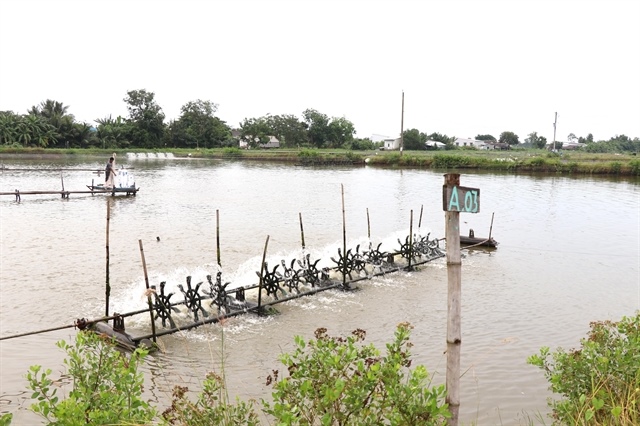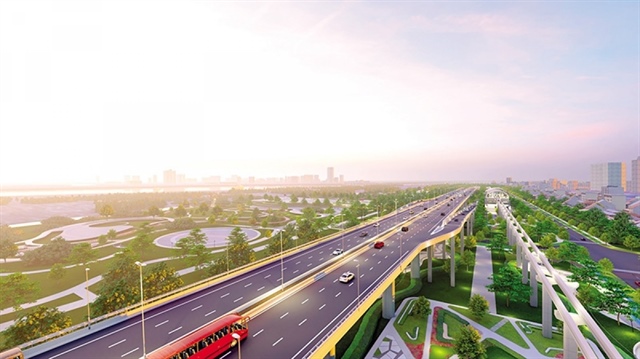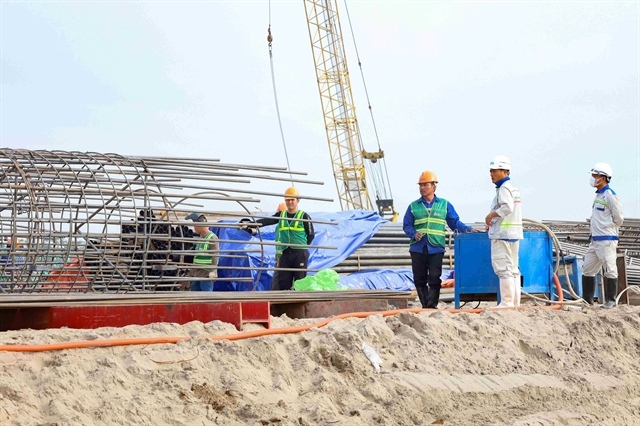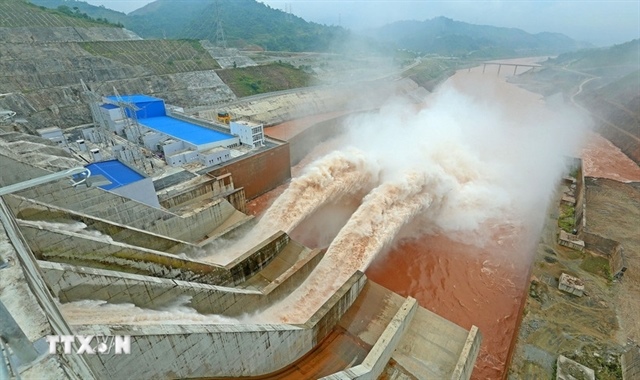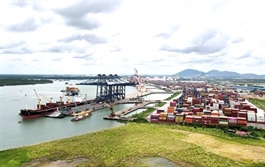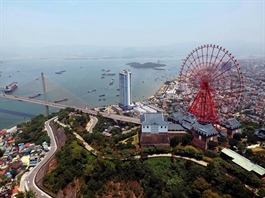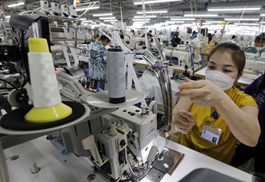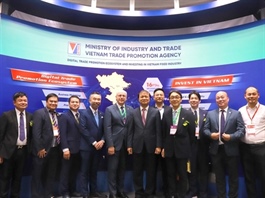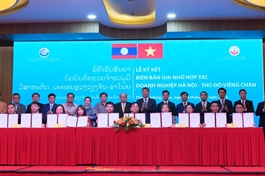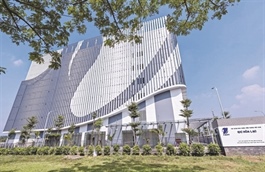Dong Thap boosts investment attraction for industrial zones
Dong Thap boosts investment attraction for industrial zones
Aside from availing of the strengths of its agricultural economy, the Mekong Delta province of Dong Thap is sparing no efforts to ensure effective investment attraction into local industrial zones to spur socioeconomic development.

In light of Dong Thap industrial zone (IZ) development planning to 2030, with vision towards 2050, the areas specified for investment priority are local agricultural product and food processing; mechanical engineering in service of agriculture; electronics; production and processing of aromatic and pharmaceutical products; and handicraft production using locally sourced materials, among others.
The plan is for the province to develop an additional 11 IZs covering more than 4,400 hectares.
These IZs are Cao Lanh industrial, urban, and service area; Cao Lanh II and III; Song Hau 2; Ba Sao; Song Hau 3; Hoa Tan; Tan My industrial, urban, and service area; Thuong Phuoc; Binh Thanh, and Dinh Ba.
The province is currently home to four IZs covering nearly 400ha in total area, in which three IZs are operational, including Sa Dec in Sa Dec city, Song Hau in Lai Vung district, and Tran Quoc Toan in Cao Lanh city.
Tan Kieu IZ in Thap Muoi district is now in the technical infrastructure investment stage.
Dong Thap also hosts one border economic zone and two international border crossings, Thuong Phuoc and Dinh Ba, as well as five subordinate crossings namely So Thuong, Thong Binh, A Don, Binh Phu, and Moc Ra, in which the latter is oriented to become a key crossing in the forthcoming period.
As of now, Thuong Phuoc and Dinh Ba international border crossings accommodate six investment projects valued at $5.4 million in total registered capital.
The province’s existing IZs all connect to arterial national routes, lying along Tien River and Hau River sides, deemed convenient for both road and waterway transport.
Particularly, Sa Dec IZ runs next to provincial road 848, adjacent to the Tien River and Lap Vo Sa Dec channel. It is 4km from national highway 80 and 140km from Ho Chi Minh City.
Sa Dec IZ features a complete road system, accommodating Sa Dec port accessible to 5,000DWT ships, and a wastewater treatment plan with a total capacity reaching 8,500cu.m per day.
Meanwhile, Song Hau IZ runs parallel to the National Highway No.54 and faces the Hau River. The IZ, about 30km from Can Tho city centre and 165km rom Ho Chi Minh City, is home to a central wastewater treatment plant with a capacity reaching 300cu.m per day.
Tran Quoc Tuan IZ runs parallel to the National Highway No.30 and the Tien River. It is 11km from Cao Lanh and about nearly 150km from Ho Chi Minh City if travelling via the National Highway N2.
This IZ is nearby Cao Lanh Port, which is accessible to 5,000DWT ships. It hosts a central wastewater treatment system with phase 1 capacity reaching 250cu.m per day.
Existing IZs are home to 62 projects valued a total $489.3 million in total investment value, including 12 foreign-invested projects worth $232 million.
These IZs have enticed businesses chiefly operating in fields such as seafood processing; cattle, poultry, and aqua feed production; by-product processing for the seafood industry; shrimp cracker and noodle processing; garment and footwear production; building material production, and more.
The average occupancy rate of the three existing IZs has reached almost 90 per cent. Several eminent businesses based in these IZs are Hung Hau Agricultural, Cadovimex II Seafood, Cuu Long Fish Import-Export, Cargill Vietnam’s Dong Thap branch, New Hope Dong Thap, and Sethia Hemraj Rice Oil, to name but a few.
Part of the Mekong Delta region, Dong Thap boasts almost 3,375sq.km in total area and shares a 48km border with Cambodia.


